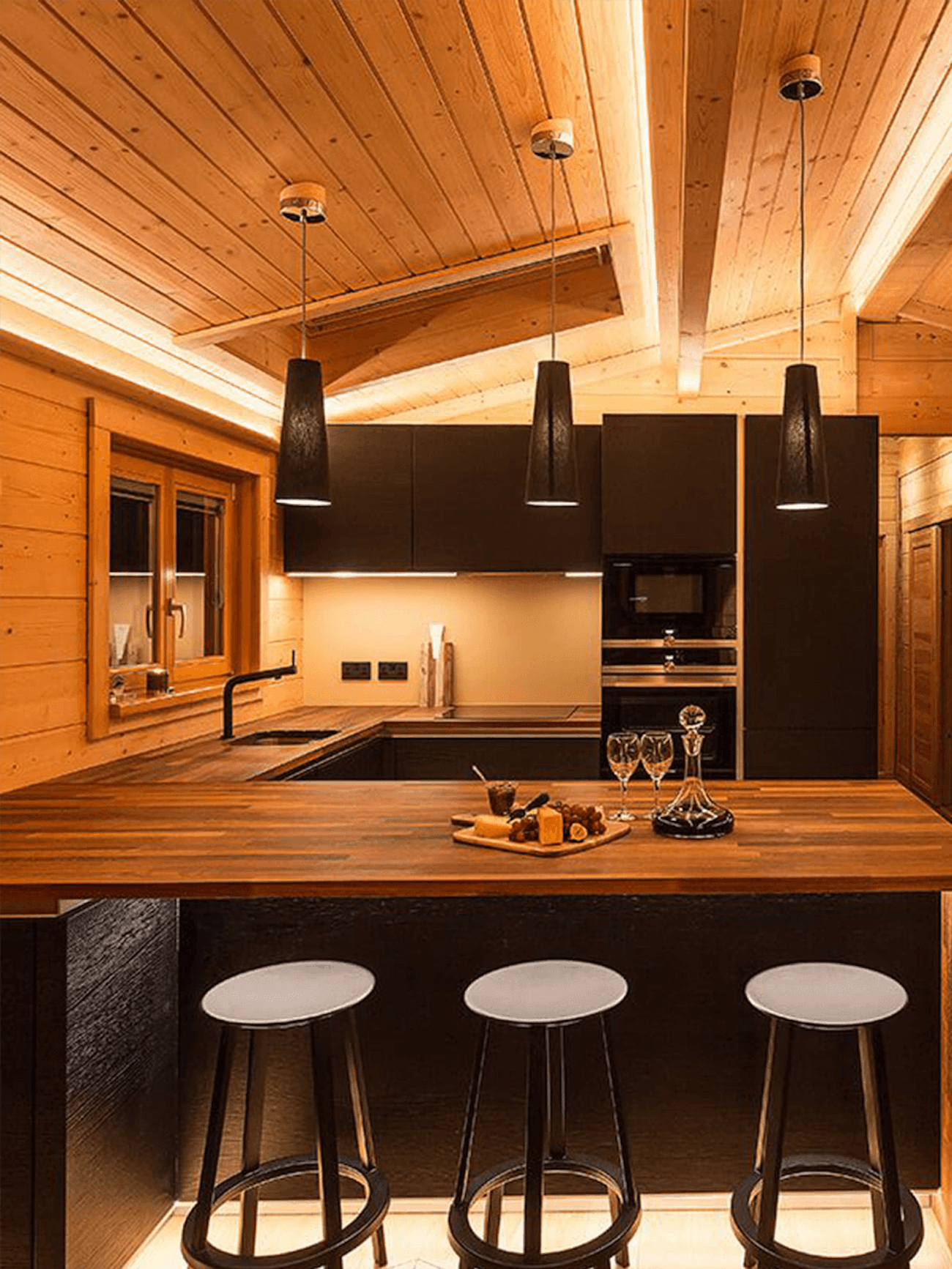4. Occupancy sensors
Using extremely high resolution and precision technology, occupancy sensors automatically switch on lights when small movements are detected, and switch off when the area is not occupied for a set amount of time – extremely useful for businesses.
For example, restaurants, bars, sports centres, hotels, and other establishments may find implementing occupancy lighting in bathrooms or changing rooms particularly valuable. This removes the responsibility of guests having to turn the lights off in order to save electricity.
5. Motion sensor controls
Often confused with occupancy sensors, motion sensors are used for both security and utility lighting. They send signals to your lights and turn on when motion is detected and turn off a little while after.
So, what separates motion sensors from occupancy sensors?
Motioned sensors are programmed to detect significant walking movements in a dedicate zone, whereas occupancy sensors are designed to identify smaller movements such as hand or finger adjustments.
As a comparison, motion sensors aren’t likely to detect somebody washing their hands - If a significant arm or leg movement isn’t being made, they’re likely to turn off and leave you in the dark (until you waved your arms of course).
6. Assisted lighting controls
Voice-controlled assistive technology such as Amazon Alexa and Google Home can be integrated within your lighting scheme. This allows you to switch your lights on via a voice command, enabling safer movement around your home during darker hours.
Once set up, you’re able to use commands such as “Okay Google, turn on the kitchen lights”. Or, “Okay Google, dim the kitchen lights”. You can even be as specific as “Okay Google, set kitchen lights to 50%”.
7. Integrated lighting controls
If you thought assisted lighting controls were clever, integrated lighting controls take this a step further. These systems are often centralised within a home/ business using a wired or wireless connection.
They can be unified with the likes of Amazon Alexa and Google Home to offer voice controlled lighting, but can also be used to select pre-defined lighting scenes for complete ambiance management.
View the example below to see what pre-defined lighting scenes using integrated controls could look like for you.



